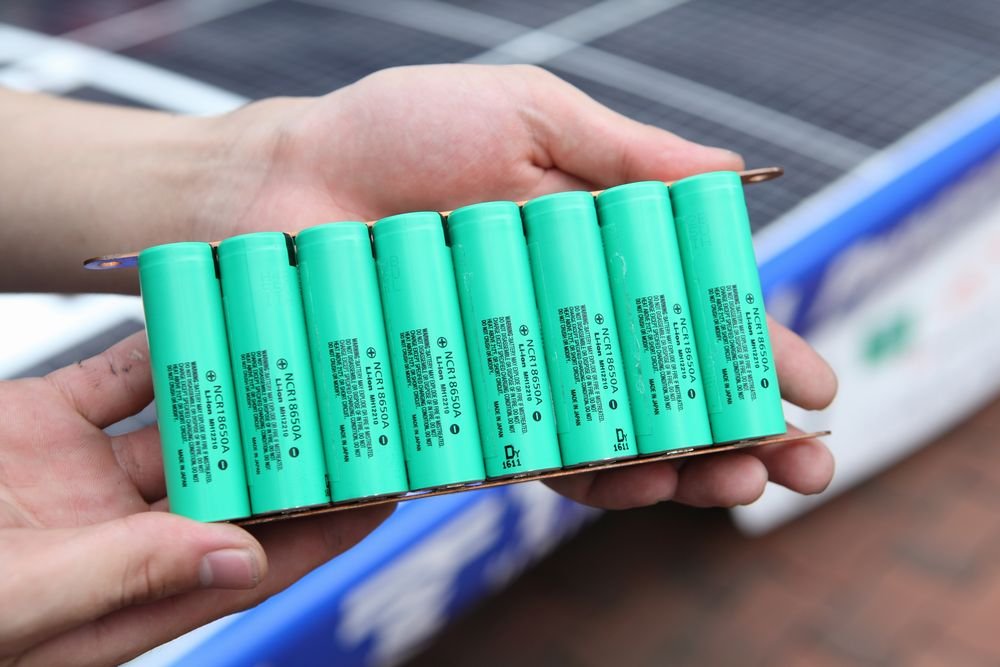
Electric scooters, also known as e-scooters, are becoming increasingly popular as a mode of transportation in urban areas. These scooters are powered by batteries, which are essential to their operation. Without a properly functioning battery, an e-scooter is essentially useless. In this article, we will discuss the different types of batteries used in e-scooters, their capabilities, and how to properly maintain them.
Ultimately, the best electric scooter battery will depend on the individual’s needs and preferences. It is important to research different types of batteries and compare their pros and cons before making a decision. By doing so, riders can ensure that they have the right battery for their scooter and their needs, and they can enjoy their ride worry-free.
Lithium-Ion Battery
The most common type of battery used in e-scooters is the lithium-ion battery. These batteries are lightweight and have a high energy density, which makes them ideal for use in scooters. They also have a long lifespan, with some manufacturers claiming that their batteries can last for up to 1000 cycles (a cycle is one full charge and discharge of the battery). Additionally, lithium-ion batteries do not have a “memory effect”, which means that they do not lose their capacity over time if they are not completely discharged before recharging.
Lead - Acid Battery
Another type of battery used in e-scooters is the lead-acid battery. These batteries are heavier and have a lower energy density compared to lithium-ion batteries. However, they are much cheaper and are often used in budget e-scooters. They also have a shorter lifespan, with a typical lead-acid battery lasting around 200-300 cycles. Additionally, lead-acid batteries do have a “memory effect”, which means that they lose capacity over time if they are not completely discharged before recharging.
Lithium Phosphate (LiFePO4)
Lithium Phosphate (LiFePO4) batteries are a type of lithium-ion battery that have several advantages over other types of lithium-ion batteries when used in electric scooters. One of the main advantages is that they have a much longer lifespan than traditional lithium-ion batteries, which can degrade quickly and lose capacity over time. LiFePO4 batteries can last for thousands of charge cycles and can maintain a high capacity for a longer period of time. Additionally, LiFePO4 batteries have a much lower risk of catching fire or exploding compared to other types of lithium-ion batteries, which is an important safety consideration for electric scooters. They also have a higher thermal stability and can handle more extreme temperatures than the other lithium-ion batteries.
To ensure that the battery in your e-scooter is operating at its best, it is important to follow proper maintenance guidelines. This includes keeping the battery clean and dry, charging it regularly, and avoiding overcharging or over-discharging the battery. Additionally, it is important to store the e-scooter in a cool and dry place, as extreme temperatures can negatively affect the battery.
In conclusion, batteries are the most important component of an e-scooter. They provide the power needed to operate the scooter and are essential for its functionality. The most common type of battery used in e-scooters is the lithium-ion battery, which is lightweight, has a high energy density, and a long lifespan. However, lead-acid batteries are also used in some budget e-scooters. Proper maintenance of the battery is essential for its longevity and for ensuring that the e-scooter operates at its best.
